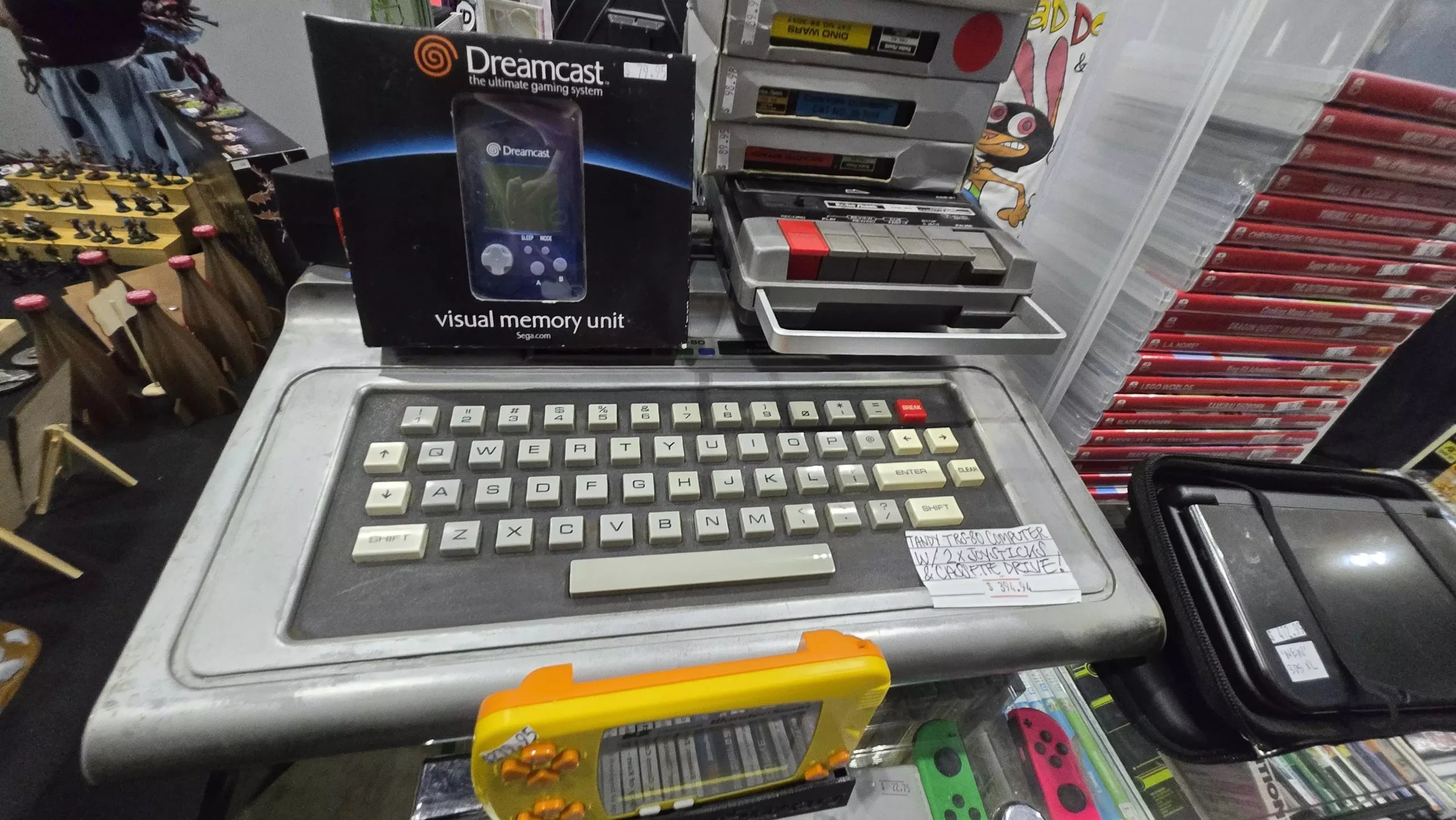In recent years, fan conventions and collectible fairs have increasingly become showcases of nostalgia—an alluring trip down memory lane designed to evoke warmth, familiarity, and sentimentality among attendees. However, this trend reveals a troubling skew in what qualifies as “worthy” of preservation and admiration. The recent Collect Fest in Melbourne, held at the same venue as the famed PAX Australia, exemplifies how the collector’s passion has become fixated on specific segments—mainly retro consoles and handheld devices—while marginalizing other critical aspects of gaming history, especially PC gaming.
While console aficionados thrive on a vibrant market for vintage Nintendo, Sega, and PlayStation gear, the absence of substantial PC hardware representation signals a broader cultural oversight. This imbalance not only diminishes the diversity of the gaming narrative but also discourages appreciation for the evolution of gaming platforms rooted in innovation, complexity, and technological prowess. The focus on shiny, modded handhelds—like OLED-screen-enhanced GameBoys—symbolizes a consumer-driven desire for aesthetic upgrades and collectibles that are visually appealing but arguably superficial in the context of gaming’s technical journey.
More disturbingly, this oversimplification fosters a community that thrills at trading Pokémon cards or appreciating the latest custom-modified handheld but neglects the industrial, software, and hardware innovations that shaped gaming into a sophisticated medium of storytelling, social interaction, and artistic expression. The underrepresentation of PC hardware, for instance, minimizes our understanding of how design, processing power, and software development pushed the boundaries of interactive entertainment and computer engineering. It’s as if the history of gaming can be contained within colored plastic shells and touchscreen upgrades, rather than recognizing the significance of foundational systems like the Tandy TRS-80 or early IBM compatibles that catalyzed the digital revolution.
Market Dynamics and the Cultural Triage of Gaming Collections
Why does the market favor handheld consoles and nostalgia-driven collectibles over PC components? The answer lies in both consumer perception and economic viability. The popularity of modded handhelds at Collect Fest is no accident; these devices embody a tangible, charismatic form of gaming history that can be quickly appreciated by visitors. They are visually striking, customizable, and evoke a tactile connection, making them ideal for retail and resale. Conversely, vintage PC parts—rare, bulky, and often expensive—offer little immediate visual appeal and entail a level of technical expertise not accessible to most casual collectors.
Furthermore, the perception that PC hardware and software are less “collectible” or “fun” diminishes their market presence. For many, PC gaming is associated less with nostalgia and more with productivity or obscure, outdated hardware. The scarcity of physical copies of modern games further propels the tendency to see PC software as ephemeral, downloadable content rather than authentic relics to preserve. As a result, these items languish in storage rooms or quietly disappear from event offerings altogether.
This selective valorization of what is “collectible” raises important questions. Should the value of gaming heritage be measured solely through the lens of physical rarity and visual appeal? Or should we push beyond superficial nostalgia to recognize the foundational innovations that made gaming possible? The answer should be clear: a holistic appreciation of gaming history must encompass all platforms, including the crucial role of PCs in shaping the medium’s artistic and technological evolution. Without this balance, we risk glorifying a narrow subset of history while marginalizing others that might not fit easily into the aesthetic glow of a modded handheld.
The Future of Gaming Preservation: A Call for Broader Perspectives
Moving forward, the culture of collecting should not settle into a pattern of superficial displays and aestheticized relics. The true essence of gaming history lies in diversity—covering hardware and software from humble beginnings to modern marvels. Deriving value solely from shiny, modded handhelds or rare console cartridges neglects the complexity of technological progress and innovation.
There is a pressing need for the community to actively seek out and preserve forgotten or overlooked aspects of gaming history, especially PC hardware, which has historically driven the industry forward. Events like Collect Fest can serve as catalysts for this cultural shift by intentionally diversifying their offerings and promoting a more inclusive narrative.
Collectors and enthusiasts should challenge themselves to look beyond the immediate visual appeal and invest in the stories embedded within obsolete systems, software, and hardware. Archiving vintage PC gear, documenting its impact on gaming development, and fostering appreciation for these underrepresented categories can ensure a richer, more comprehensive understanding of gaming’s evolution. Only then can we claim to truly honor the past while building a more vibrant, inclusive future for gaming culture—a future where progress is valued as much as nostalgia, innovation just as much as memory.


Leave a Reply